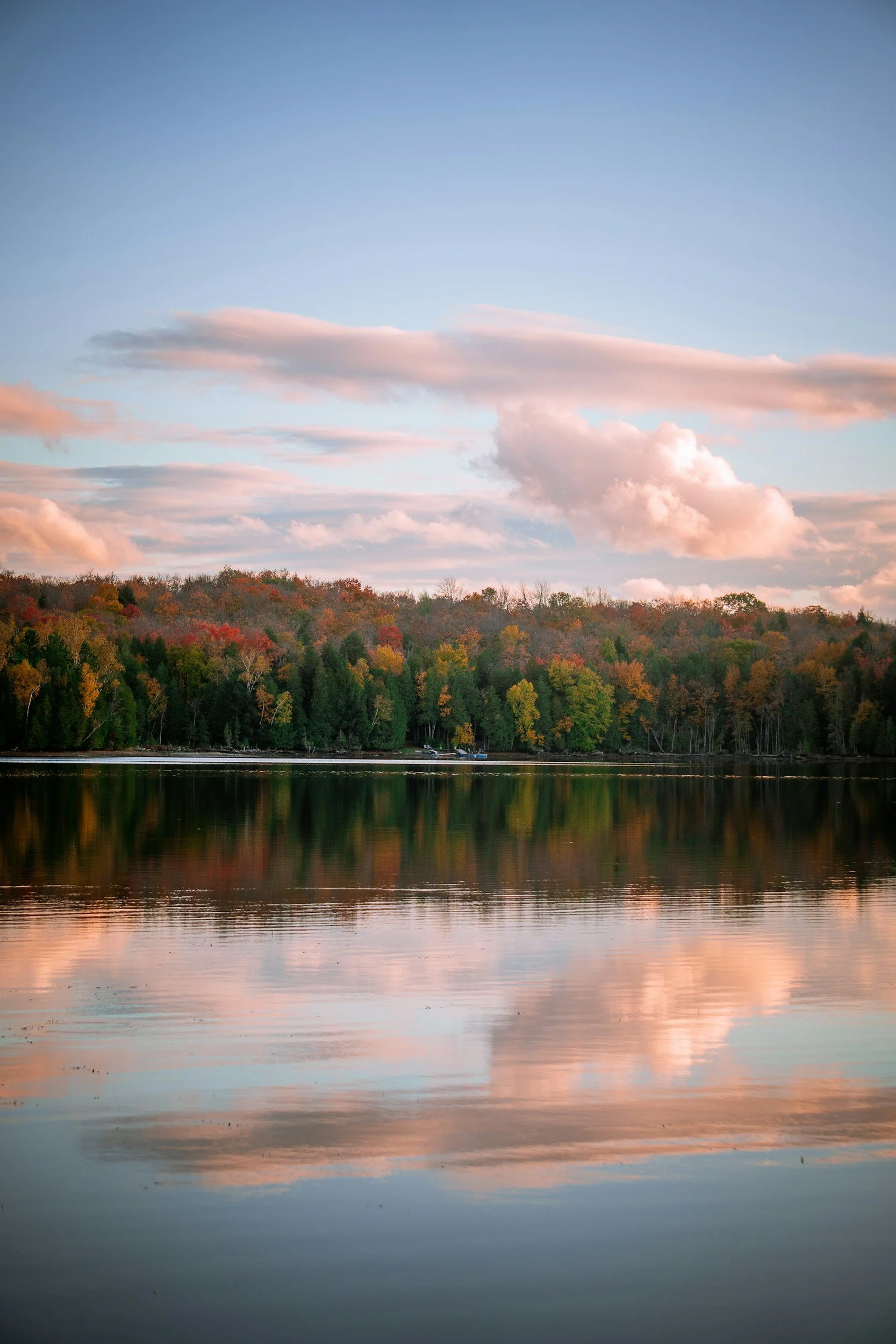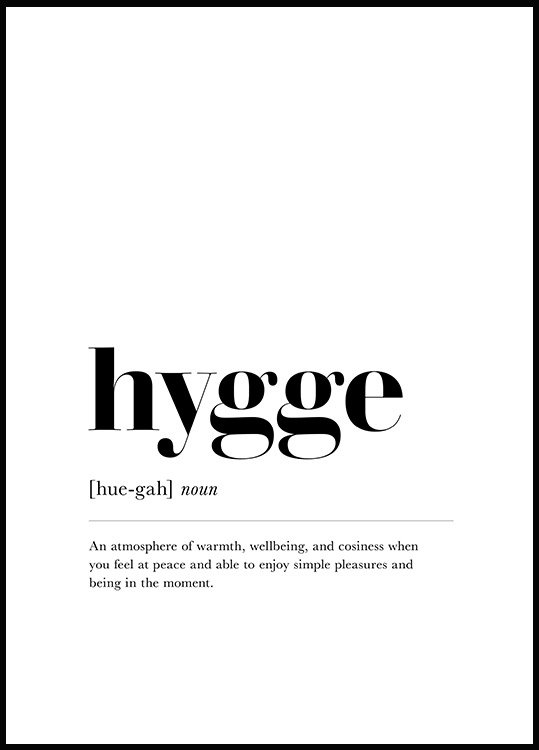“Some Wilderness Ramblings”
A Celebration of National Wildlife Day
As I write these few words I’m grateful to be spending some restful days in a wild place of lakes and deep forests. It is a place where the trees, fungi, plants, wildflowers and waters form a community with the animals whose home this is. All around the songbirds sing their morning praise. In the evenings, the loons cry out their haunting melodies calling out creation’s mystery. The tap, tap-tapping of woodpeckers echoes throughout the day as they create nature’s sculptures in the ancient log on the deck. The sound of tiny footsteps declare the arrival of squirrels and chipmunks seeking nourishment. Glorious, luminous dragonflies and butterflies fill the air with gentle patterns in flight. Fish, large and small dart across the water’s edge and leap from the depths of the lake toward the sunlight, shimmering in its radiance. Ants scurry busily, with great intent, like a miniature army. Sometimes, a small garter snake lazily slithers through the brush and very occasionally, I am reliably told, a black bear is sighted on its visits in the area.
This place is the place of belonging for such a vast and magnificent diversity of creatures. All are here “at home” by some “divine right” – they belong by nature. We humans, albeit an intrinsic part of the whole of creation, are in some senses, invitees of all other creatures. As, Wendell Berry, poet, writer, environmental activist and cultural critic writes, I can truly belong to this place “only by understanding and by virtue”. We humans are called into an intimacy with the natural world and we belong only in so far as we open ourselves to growing awareness and by living responsibly for the preservation of the wild that gifts us with life and beauty.
In Canada, National Wildlife Day is celebrated on September 4. On this day we are reminded of the magnificent diversity of life in creation upon which all life depends. The specially designated day honours the legacy of Steve Irwin the conservationist and television personality known popularly as "The Crocodile Hunter". The day serves to encourage, and for more than a day, the need to expand and deepen our awareness of the array of species around us, no matter whether we live in countryside or city, and of the vast multitude of animal communities, globally. The day, assigned, calls us to protect endangered species. Current research demonstrates that thousands of species are at risk of extinction caused by unthinking, rapacious human intervention and concurrent environmental change and habitat loss. National Wildlife Day reminds us of the essential role played by plants and animals in maintaining ecological balance necessary for the very existence of life itself. The Day stresses the importance of wildlife conservation. It calls for individual and communal efforts to preserve and allow the flourishing of biological diversity and the beauty of the wilderness now and for future generations.
What am I called to be and to do in response? Perhaps it’s a simple yet vital first step of expanding consciousness by immersing ourselves in the world’s magnificence, simply taking a walk in nature and allowing it to touch and teach us. As wildlife biologist, Erik Reisen writes maybe it is first a matter of, “Paying attention to the things most of us ignore or simply don’t take time to notice in our daily comings and goings – to see the natural world through a magnifying glass or in a poem, is the first step toward wanting to preserve it.” On National Wildlife Day let us simply pay attention, give thanks and commit to action!
-Sister Mary Rowell, csj
Image: Vincent van Zalinge/Unsplash










